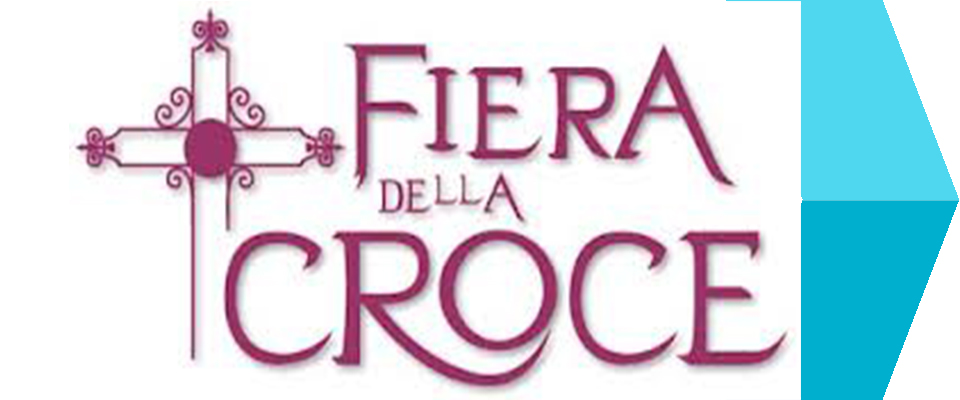

Since its origins this important trade gathering was always held on the surrounding hills, the present chapel of St. Mary which was called in ancient times. The testimonies of some "fair of St. Mary of the Cross" is the middle of the fifteenth century; many documents of the Aragonese Court attest to the importance that had assumed at the time the "fair" especially for the silk trade. Certainly the origins of "fair" is the oldest and was founded as a "nundine" market was precisely due to the importance that had assumed the monastery of St. Mary of the presence within it of a relic of the Cross of Christ. For this reason the monastery was a pilgrimage destination that had its climax on the 8th September when they were celebrating the feast of the Virgin Mary.
A news reported in his notes from the historic Stio P. Barbato tells us that the fair was already alive in 1228 "... as in a manuscript of the barony of Campora, and about certain rights that the Baron boasted to the Fair S . Mary of the Cross ... ".
Some saw the birth of the first market around the Benedictine monastery of the twelfth century which then became "national" interest only fair in the Aragonese period when fairs were one of the basic elements of the southern economy.
The location of the fair was due to several factors among them were important: the proximity to important road and the presence of a center of regional interest; both of these two elements are present for our fair. Not far away was the "Cilento" that connected the Vallo di Diano with the Cilento coast, the same way that in ages long before it was the road that connected the valleys of the Calore and Alento already Lucana era; and it was still essential to the presence of the monastery of S. Maria della Croce known around the Cilento.
Both of the two elements contributed to the birth of the first turned-markets over time in "fair". (...) In 1500 there is a transformation of the fair that loses the importance of a mid-1400s and the international become regional. The silk trade has moved to other areas of the kingdom and in the Fiera di S. Maria remains a residue of the silk trade that still treat Cilentani merchants. The products traded at the Fair are those of the economy of their region of the agricultural and pastoral world, are treated mainly grain and animals such as regional products and fabrics from Cava and Salerno. The "Fair of the Cross" in 1500 and 1600 is the most famous of the entire Cilento and agree to it all the Universities of the former barony of Novi and the surrounding baronies. And 'the meeting place for traders to trade, but also the opportunity for meetings, cultural exchanges and to draw up notarial contracts of various kinds. (...) Then, the fair was held from 5th to 8th of September, feast day in the chapel of St. Mary where he was still being celebrated Mass with the faithful competition, and saw a large influx of merchants from all over the Cilento despite inconvenience to the lack of roads and the presence of robbers who made it even more difficult to achieve the "fair".
Among all the fairs held in the Cilento "fair of St. Mary of the Cross" was the one with the highest number of treaties Affairs (in 1810 were made to trade well 12,750 ducats). Among the assets prevailed treated animals to the weight confirms that the economy had pastoralism Cilento 800; substantial weight had also trade in soles and leather produced by the flourishing tanning industry Vallo and Novi, and he had done also to be born in Stio three battendiere the valley dell'Ongito. After the French decade, with the return of the Bourbons take over the claims by the municipality of Gioi on Fair which will see rights committed in the early decades of Stio decurionato 800; once every claim was rejected dall'accorto decurionato of Stio was sole owner of the rights of "fair" since 1806. In the latter part of 1800 the trade show undergoes a decline in importance because of the economic crisis of the Kingdom and loses' ancient character becoming a big market but still retains the "fair name". In early 1900 the "fair" is held in the first three days of September, and since 1914 only the first two days; so it is still today with the maximum inflow of September and the drop in the next day.